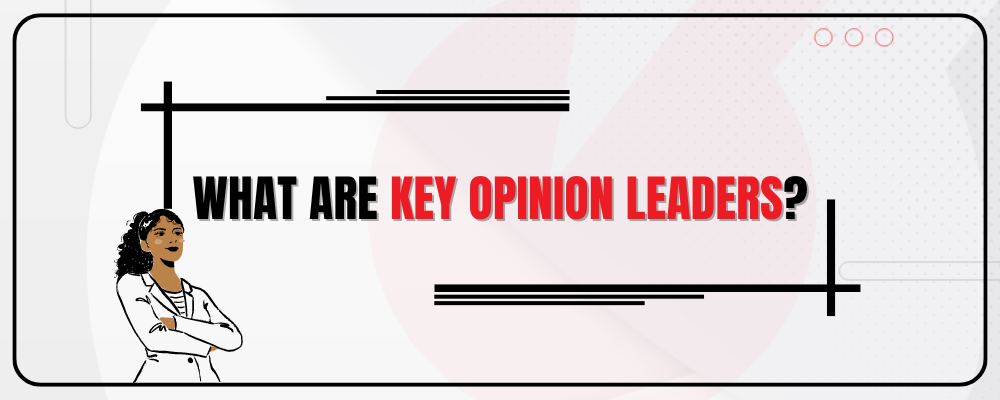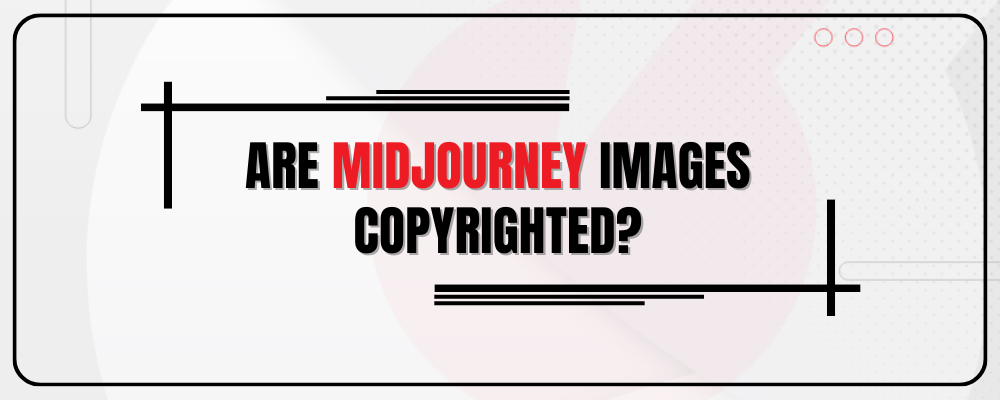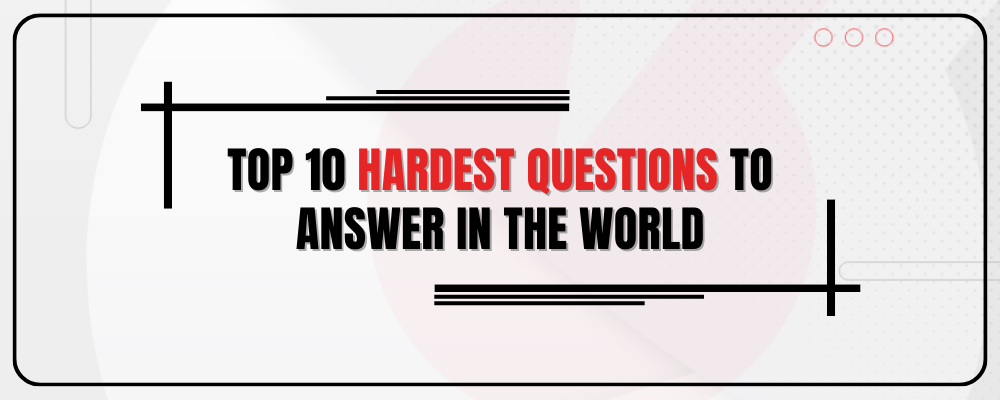Table of Contents
- What Does KOL Stand For?
- What Is a Key Opinion Leader?
- KOLs vs. Influencers
- Examples of Key Opinion Leaders (KOLs)
- Benefits of KOLs in Influencer Marketing
- How to Use Key Opinion Leaders in Your Strategy
- Characteristics of KOLs
- Types of KOLs
- The Importance of KOLs in Marketing
- How to Identify the Right KOLs
- Strategies for Collaborating with KOLs
- Measuring the Impact of KOL Campaigns
- FAQ Section
What Does KOL Stand For?
KOL stands for Key Opinion Leader. These individuals hold significant sway in their respective fields due to their extensive knowledge, experience, and authority. Their opinions are not just heard but are often acted upon, making them invaluable in shaping trends and influencing decisions within their industry.
What Is a Key Opinion Leader?
A Key Opinion Leader (KOL) is an expert whose opinions are trusted and respected within a specific industry or community. KOLs are often sought after for their insights, recommendations, and endorsements. Their influence comes from a combination of formal qualifications, practical experience, and a proven track record of reliable advice. For example, a renowned chef like Gordon Ramsay is considered a KOL in the culinary world due to his expertise and influence.
KOLs vs. Influencers
While both KOLs and influencers can significantly impact consumer behavior and brand perception, there are crucial differences between them:
- Expertise and Credibility: KOLs are known for their expertise and formal credentials in a particular field. Their influence is rooted in their professional experience and in-depth knowledge.
- Influencers, however, gain their following primarily through social media by creating engaging and relatable content. Their credibility is often based on personal charm and the authenticity of their posts.
- Audience Trust: Followers of KOLs trust their recommendations due to their professional authority.
- Influencers, on the other hand, are trusted for their personal connection with their audience and their ability to resonate with followers on a more relatable level.
- Content Focus: KOLs generally focus on providing specialized insights and professional advice within their field.
- Influencers may cover a broader range of topics, often centered around lifestyle, fashion, beauty, travel, or other general interests.
Examples of Key Opinion Leaders
- Dr. Anthony Fauci: As a leading figure in public health, especially noted during the COVID-19 pandemic, Dr. Fauci’s opinions and advice are highly regarded in the medical and public health communities.
- Elon Musk: A pioneer in technology and innovation, Musk’s influence spans across industries like electric vehicles, space exploration, and renewable energy. His endorsements and opinions are often pivotal in these sectors.
- Marie Kondo: Known globally for her expertise in organization and tidying, Kondo’s KonMari method has influenced millions. Her authority in the realm of personal organization makes her a key opinion leader.
- Neil deGrasse Tyson: An astrophysicist whose insights on science and the universe have made him a popular and respected figure, Tyson’s opinions are highly valued in scientific and educational circles.
Benefits of KOLs in Influencer Marketing
Enhanced Credibility: When a KOL endorses a product, it lends immediate credibility to the brand. This is because their recommendations are based on expertise and experience. For instance, when a well-known dermatologist endorses a skincare product, it is seen as a reliable endorsement due to their medical background.
Wider Reach: KOLs have the power to introduce your brand to new audiences who value their opinions. For example, if a renowned tech expert reviews a new gadget, it reaches tech enthusiasts who trust their judgment, thereby expanding the brand’s visibility.
Increased Engagement: Content involving KOLs typically sees higher engagement rates. This is because their followers are more likely to interact with content that includes insights from someone they respect and trust.
Higher Conversions: The trust KOLs have built with their audience often translates into higher conversion rates for brands they endorse. When a fitness expert recommends a new workout program or supplement, their followers are more likely to purchase it due to the trust they have in the expert’s advice.
How to Use Key Opinion Leaders in Your Strategy
Identify Relevant KOLs: Use tools like BuzzSumo, Traackr, or HypeAuditor to find KOLs whose audience aligns with your target market. Look for KOLs who have a strong influence in your industry and whose followers match your customer profile.
Define Clear Objectives: Before engaging a KOL, set specific goals for the collaboration. Whether it’s to increase brand awareness, drive sales, or enhance brand credibility, having clear objectives will help you measure the success of the campaign.
Build Authentic Relationships: Engage KOLs in meaningful partnerships by giving them creative freedom. Authenticity is key; audiences can tell when endorsements are forced. Allow the KOL to present your product in a way that feels natural to them.
Measure and Analyze: Track the performance of your KOL campaigns using metrics like engagement rates, reach, and conversions. Use tools such as Google Analytics, Sprout Social, and Hootsuite to gather data and analyze the effectiveness of your strategy. Adjust your approach based on these insights to optimize future campaigns.
Characteristics of KOLs
Expertise and Credibility: KOLs possess deep knowledge and extensive experience in their fields. This expertise makes their opinions highly trusted and valued by their followers.
Influence and Reach: KOLs have the ability to reach and impact large audiences. Their opinions can shape trends, influence public perception, and drive consumer behavior.
Engagement with Followers: KOLs maintain a strong, interactive relationship with their audience. This engagement is built on trust and respect, making their recommendations highly influential.
Types of KOLs
- Industry Experts: Professionals with established reputations, such as doctors, engineers, and academics. Their expertise and authority make them highly influential in their fields.
- Celebrities: High-visibility individuals in entertainment, sports, or other public domains. Their broad influence can impact a wide audience.
- Social Media Influencers: Personalities who have gained large followings on social media platforms by creating engaging and relatable content.
- Niche Specialists: Influencers who focus on specific topics or industries, attracting dedicated and targeted audiences. Examples include vegan chefs, eco-friendly product advocates, and tech reviewers.
The Importance of KOLs in Marketing
Building Trust and Credibility: KOLs can significantly enhance a brand’s credibility. For example, a collaboration with a respected nutritionist can lend credibility to a new health supplement brand, making consumers more likely to trust and try the product.
Expanding Reach and Visibility: KOLs can help brands reach new audiences beyond their existing customer base. For instance, a tech gadget reviewed by a popular YouTuber can introduce the product to millions of potential customers who might not have been aware of it otherwise.
Driving Engagement and Conversions: KOLs can drive high engagement and conversions due to their influence over their followers’ purchasing decisions. Metrics such as increased website traffic, higher engagement rates on social media, and boosted sales can be directly linked to KOL campaigns. For example, a fitness influencer promoting a new workout program can lead to a significant increase in sign-ups.
How to Identify the Right KOLs
Research and Analysis: Use tools like BuzzSumo, Traackr, or HypeAuditor to analyze potential KOLs. Look at their audience demographics, engagement rates, and content relevance to your brand. This helps in identifying KOLs who are a good fit for your marketing goals.
Alignment with Brand Values: Ensure that the KOL’s values align with your brand’s mission and ethics. For example, a sustainable fashion brand should collaborate with influencers who advocate for eco-friendly practices to maintain authenticity and credibility.
Evaluating KOL Influence: Consider both qualitative (content quality, audience trust) and quantitative (follower count, engagement rate) metrics. Long-term influence is crucial for sustained brand loyalty, while short-term influence can boost immediate sales.
Strategies for Collaborating with KOLs
Defining Objectives and Goals: Set clear goals for your collaboration, such as increasing brand awareness, driving sales, or entering new markets. Align these goals with the KOL’s capabilities to ensure a cohesive strategy.
Creating Authentic Partnerships: Develop relationships based on mutual benefits and trust. Allow KOLs the creative freedom to present your product in a way that feels authentic to them. Authentic partnerships are more effective, as audiences can detect forced endorsements.
Campaign Execution and Management: Coordinate activities like content creation, posting schedules, and engagement initiatives. Monitor the campaign’s progress and make adjustments as needed to optimize results.
Measuring the Impact of KOL Campaigns
Key Performance Indicators (KPIs): Track metrics like:
- Reach and Impressions: Number of people who saw the campaign.
- Engagement Rates: Interactions such as likes, comments, and shares.
- Conversion Metrics: Actions taken by users, such as purchases, sign-ups, or downloads.
Tools and Techniques for Measurement: Utilize analytics platforms like Google Analytics, Sprout Social, and Hootsuite to measure campaign performance. Social listening tools like Brandwatch can help understand audience sentiment and engagement.
Case Studies and Examples: Learn from successful and unsuccessful KOL campaigns. For instance, Nike’s partnerships with athletes have significantly boosted their brand visibility and sales, while Pepsi’s controversial ad with Kendall Jenner highlights the importance of aligning KOL collaborations with brand values.
FAQ Section
- What is the difference between a KOL and an influencer?
- KOLs are recognized experts with formal credentials, while influencers build their following on social media through relatable content.
- How can small businesses benefit from KOLs?
- Small businesses can work with micro-influencers (KOLs with smaller, highly engaged audiences) to achieve cost-effective and impactful marketing.
- What are some common challenges when working with KOLs?
- Challenges include finding the right match, maintaining authenticity, and managing expectations and deliverables.
- How do you measure the ROI of a KOL campaign?
- Compare the campaign’s costs with the resulting revenue, brand awareness, and engagement improvements.
- Can KOLs have a negative impact on a brand?
- Yes, if a KOL is involved in controversies or their values misalign with the brand’s, it can harm the brand’s reputation.
- What are the ethical considerations when collaborating with KOLs?
- Ensure transparency in partnerships, genuine endorsements, and maintain ethical standards to preserve trust and credibility.
Additional Resources
- Recommended Reading: “Influencer” by Brittany Hennessy, “The Influencer Code” by Amanda Russell.
- Useful Tools and Platforms: BuzzSumo, Traackr, HypeAuditor, Google Analytics, Sprout Social.
- Contact Information: Reach out for consultancy services or further inquiries on KOL collaborations and marketing strategies.






